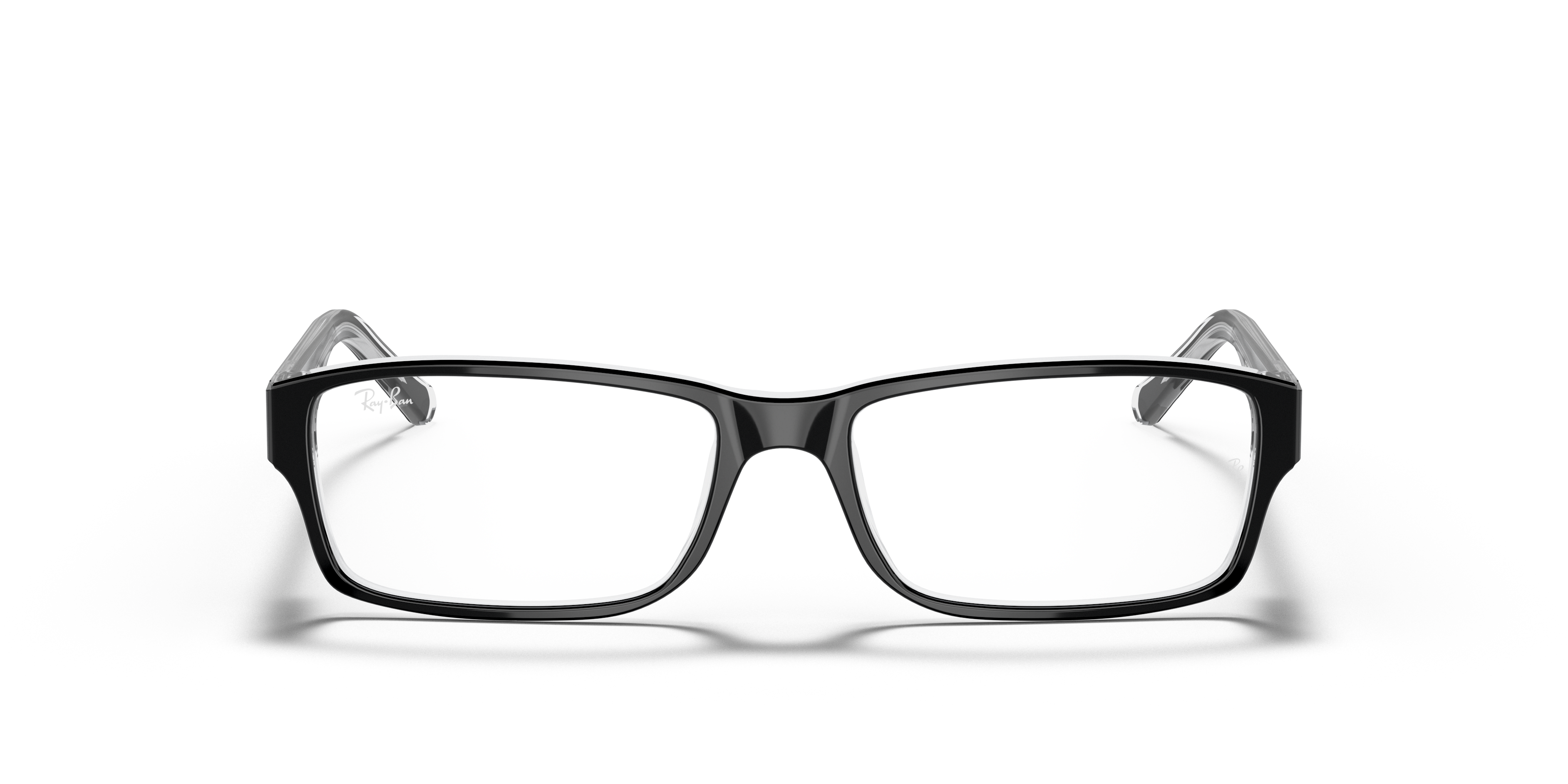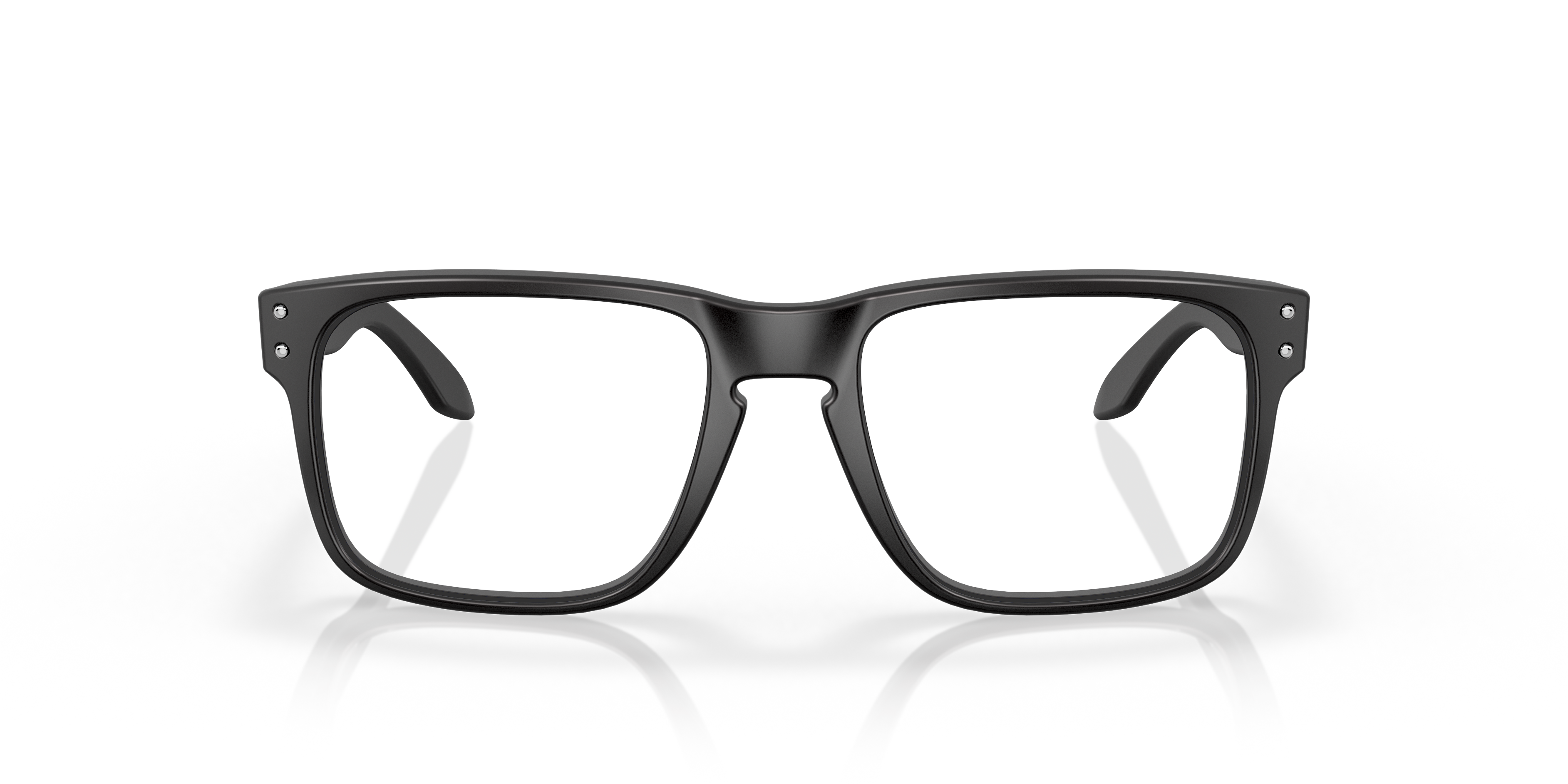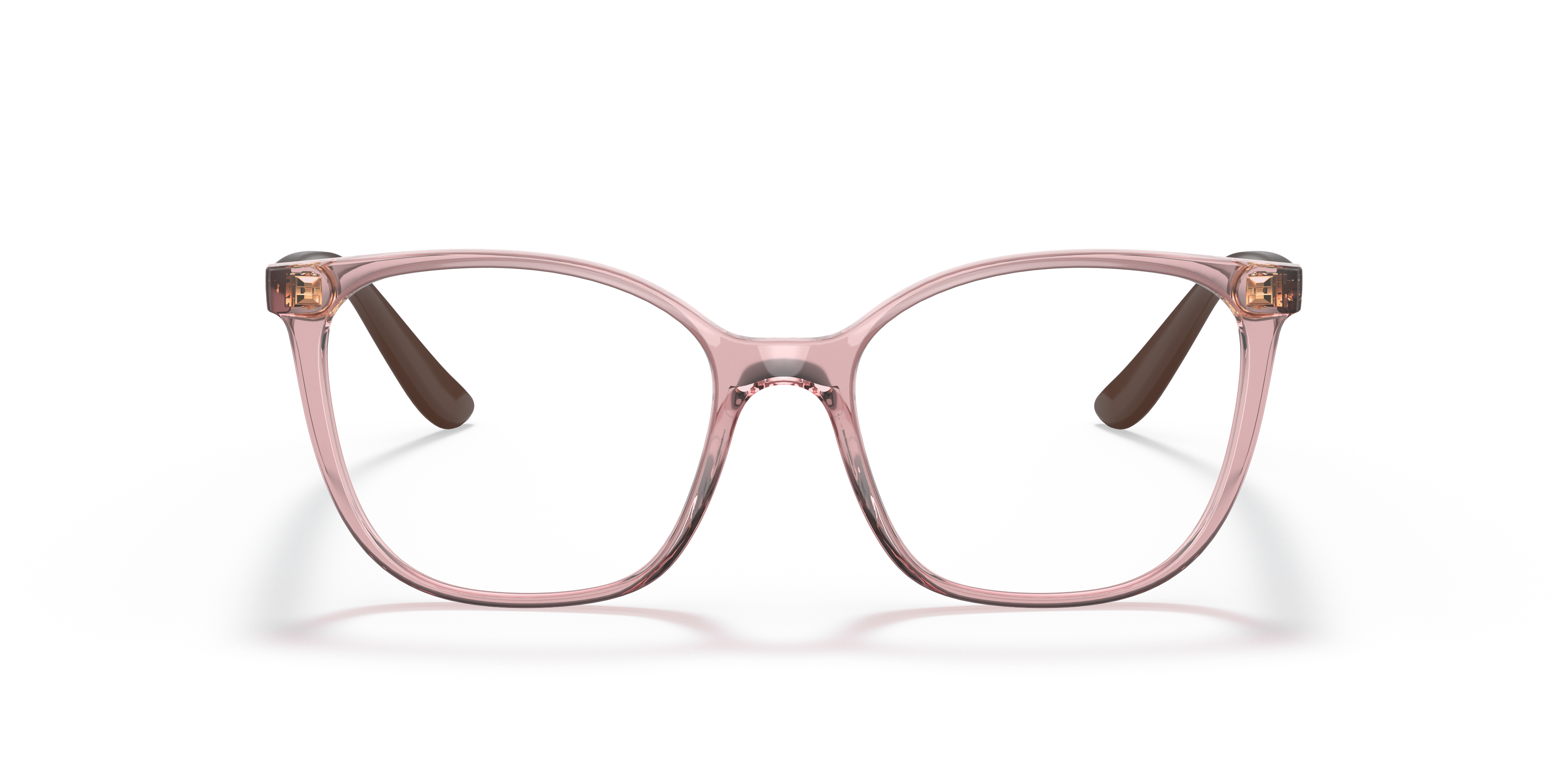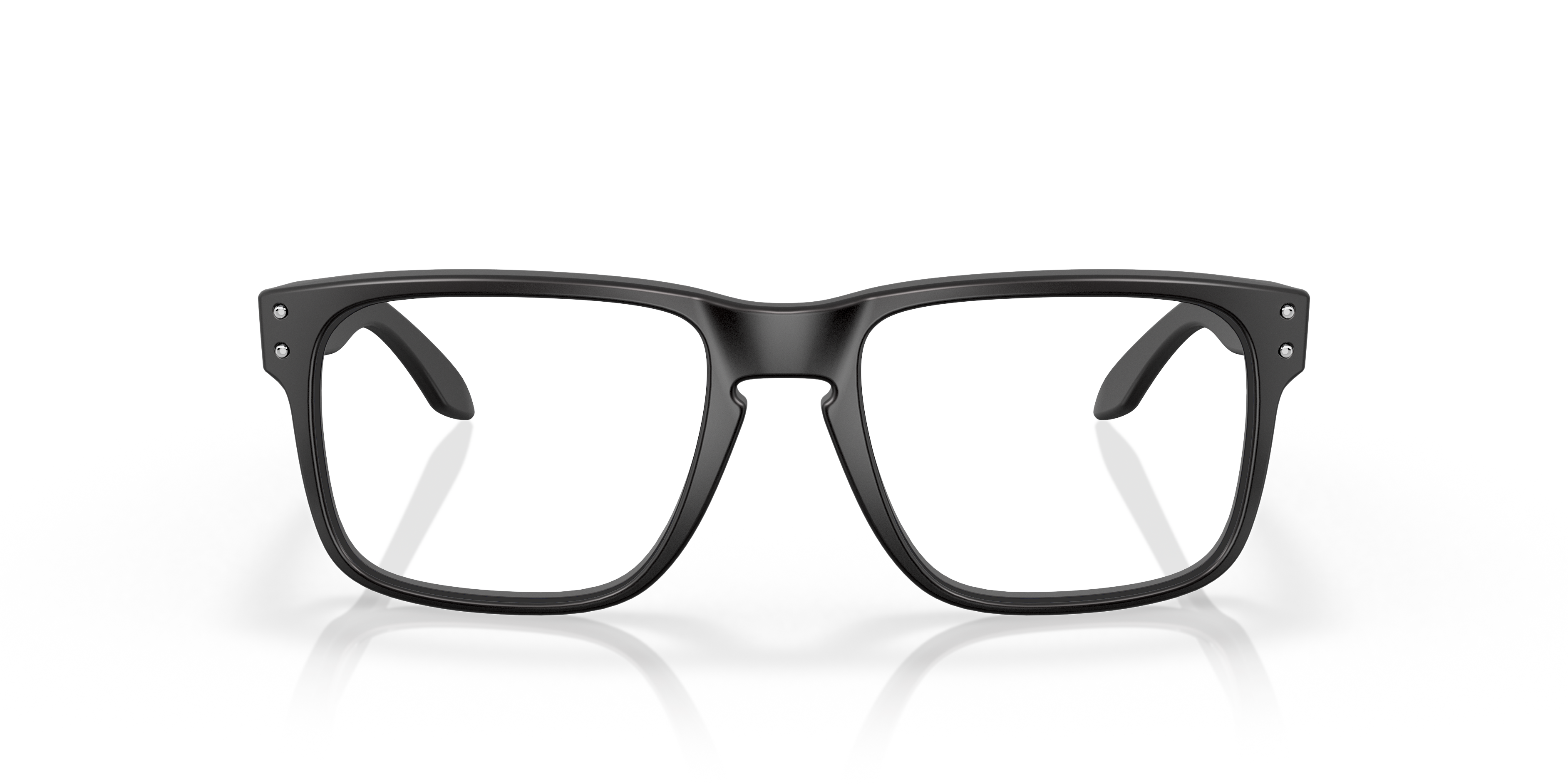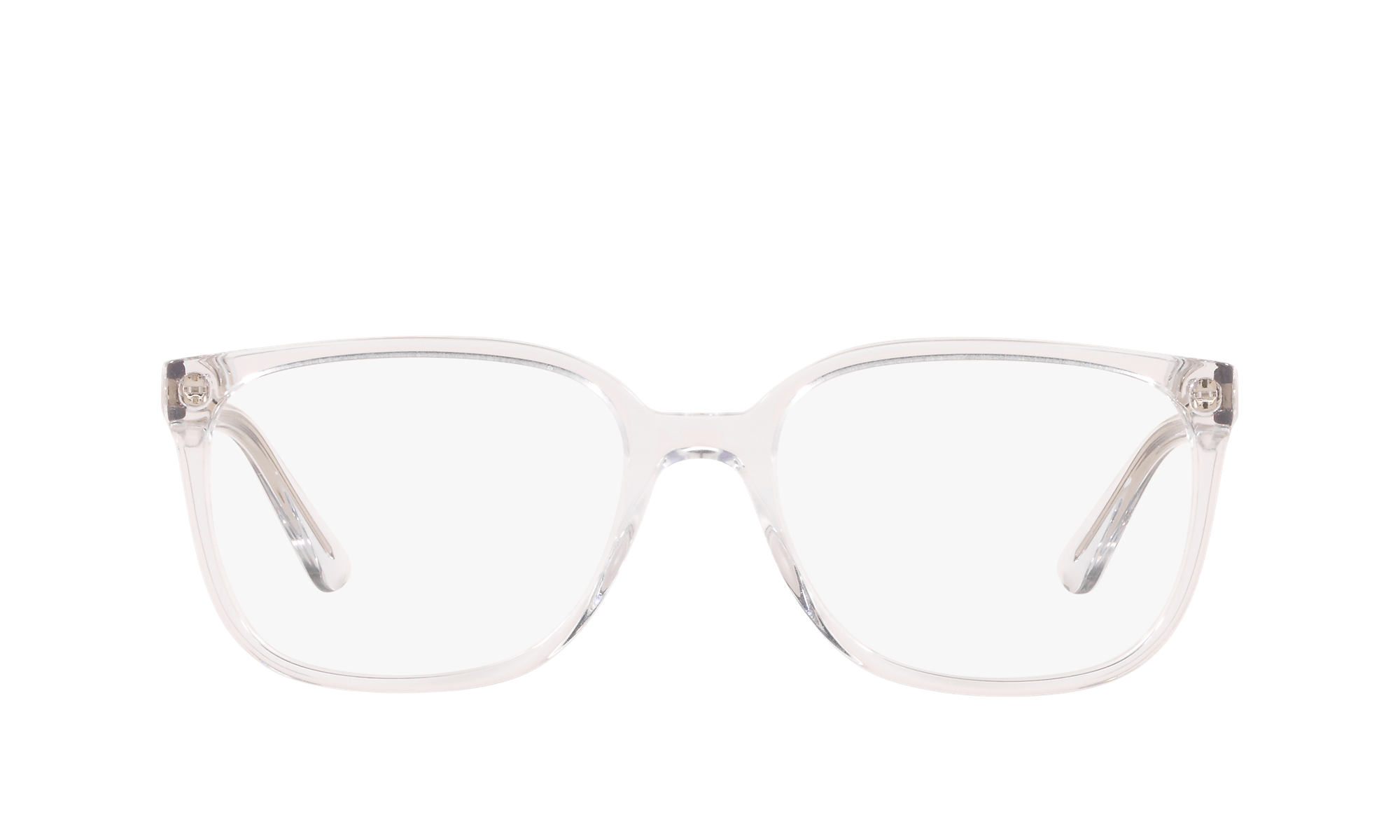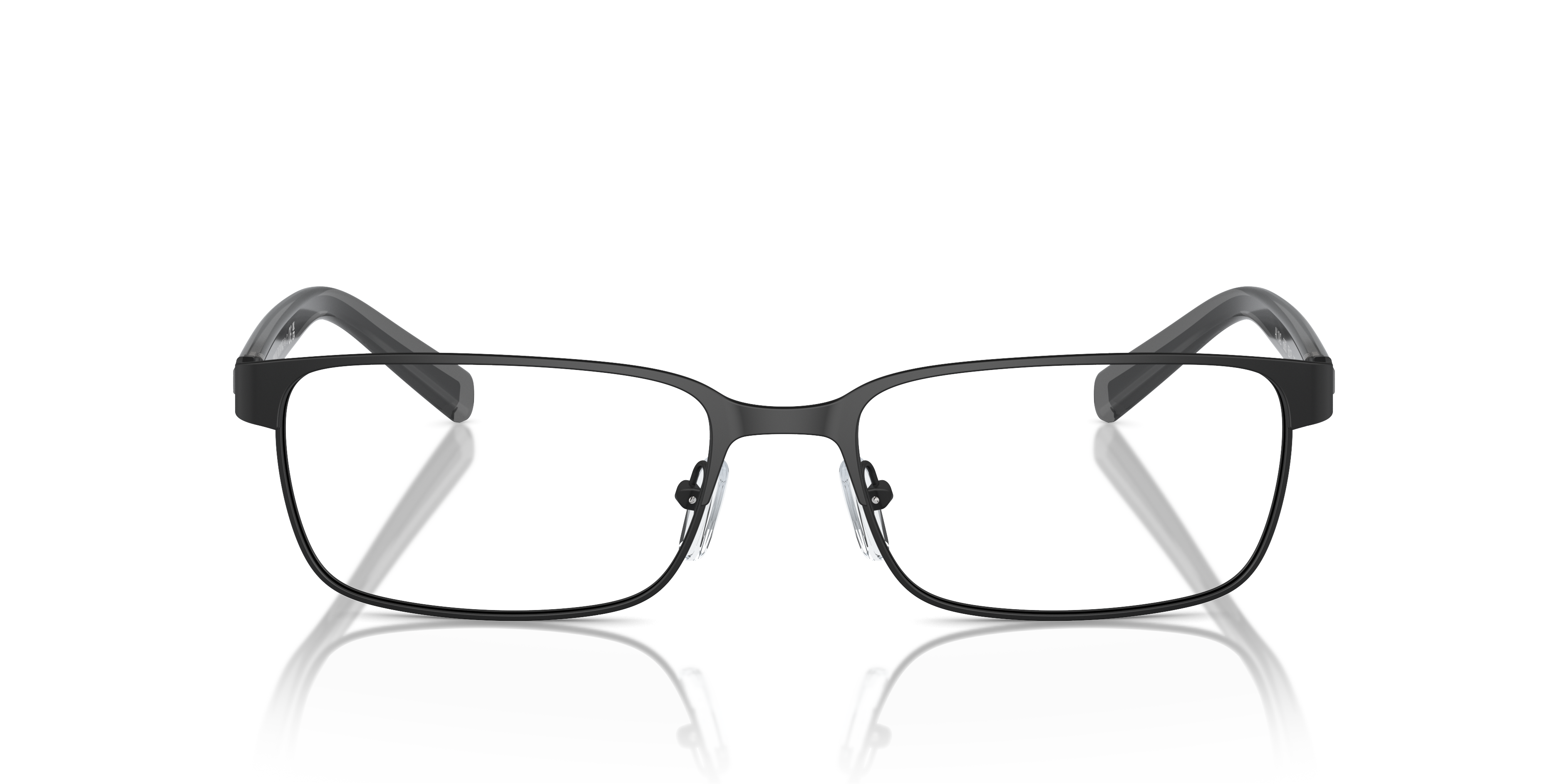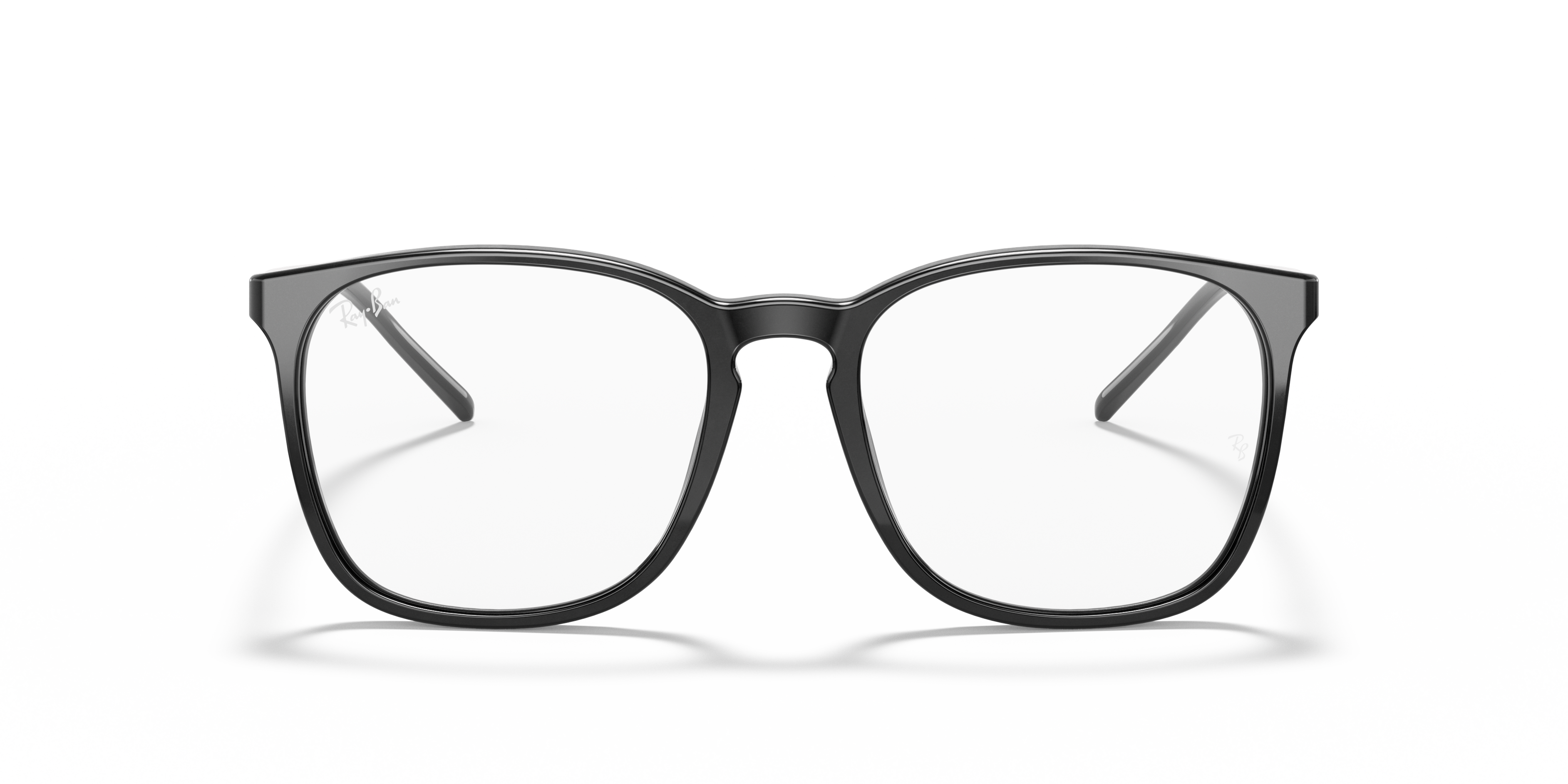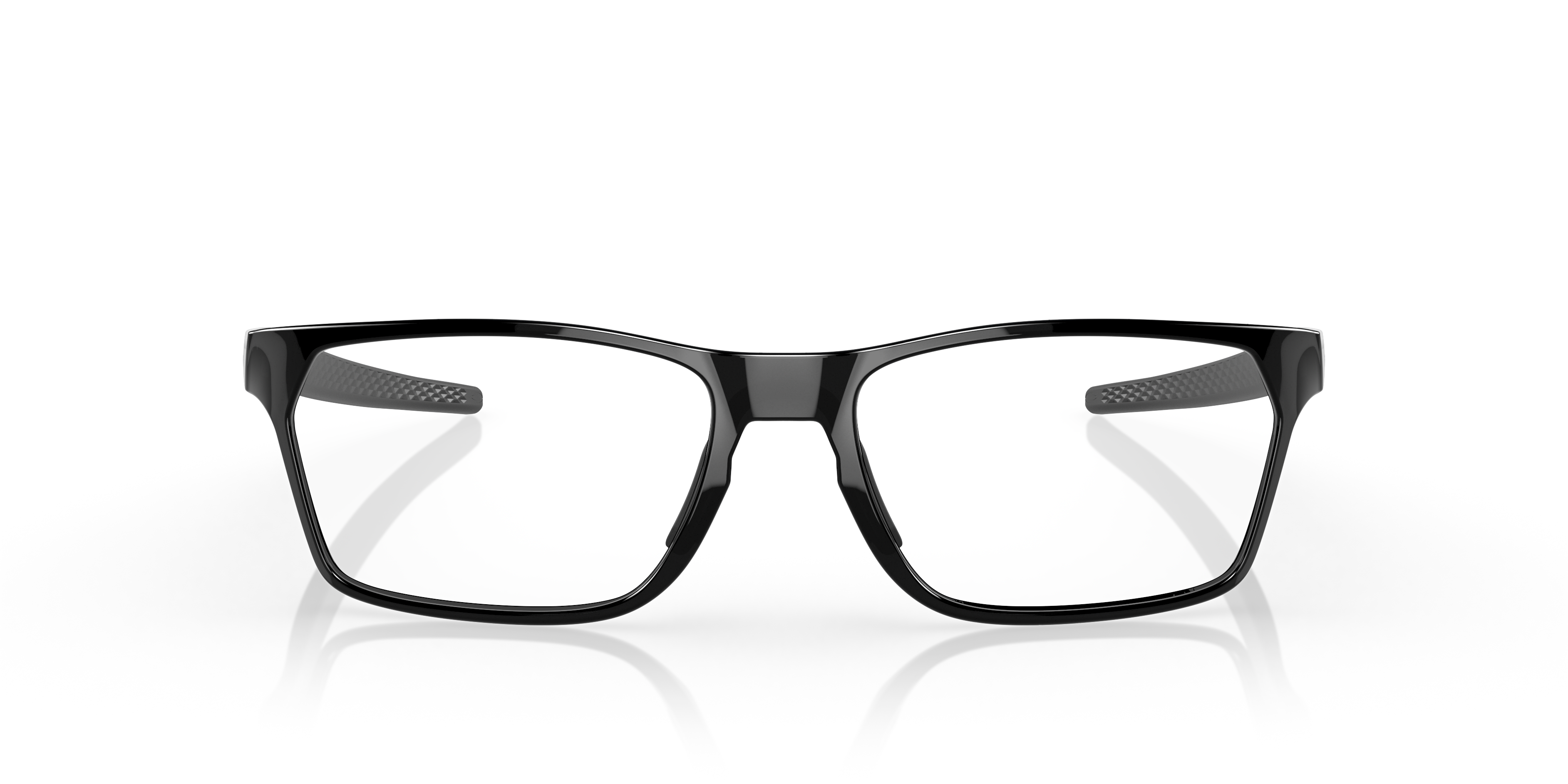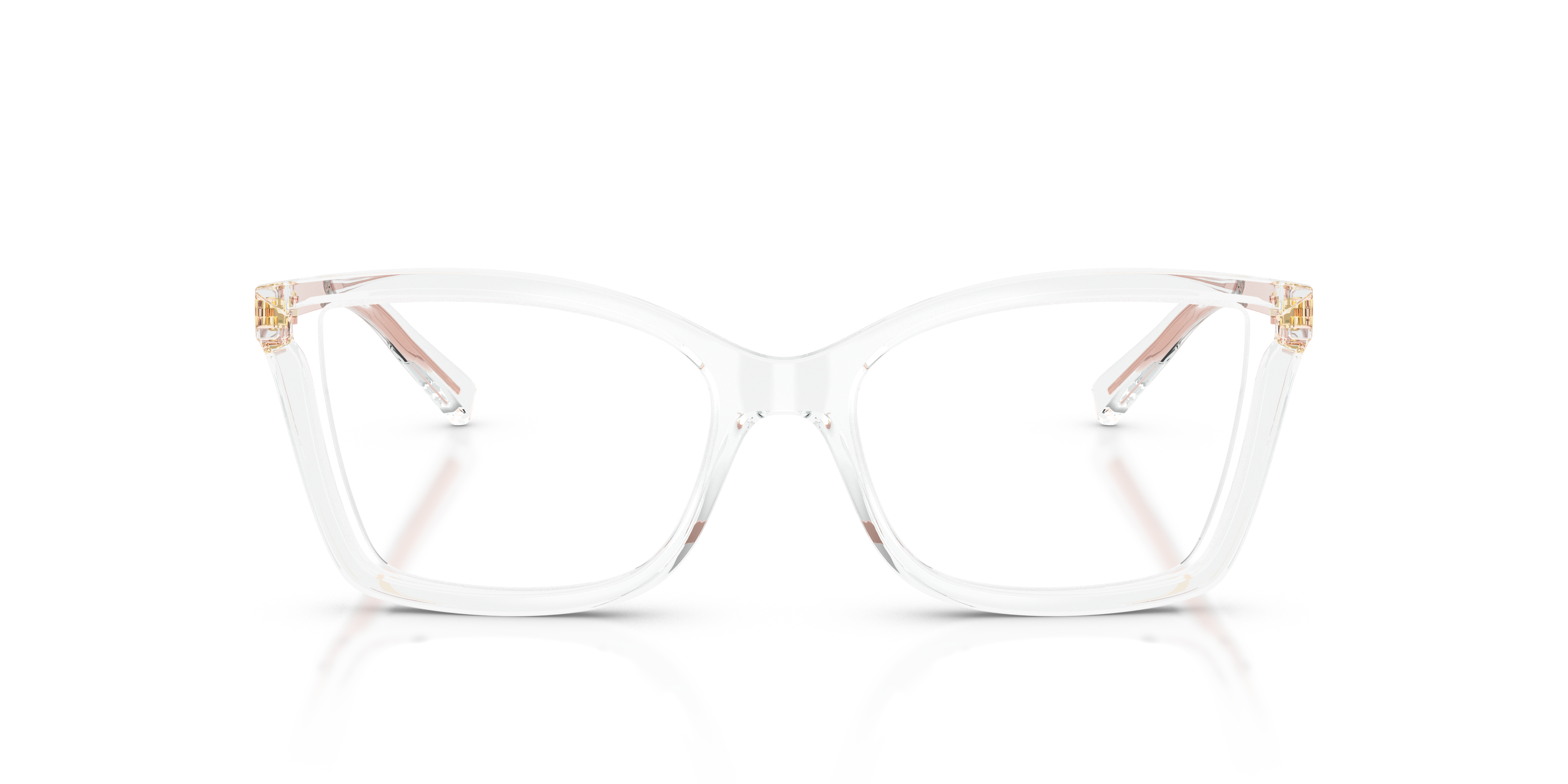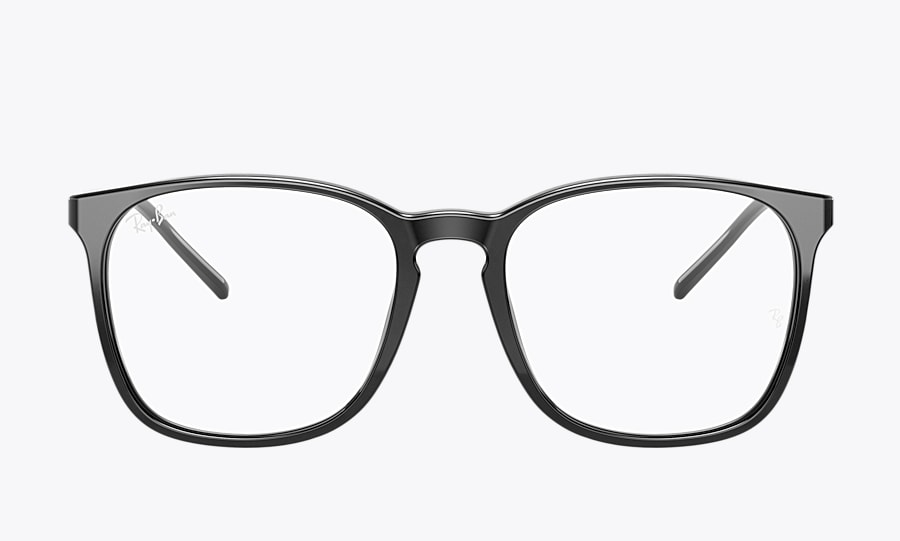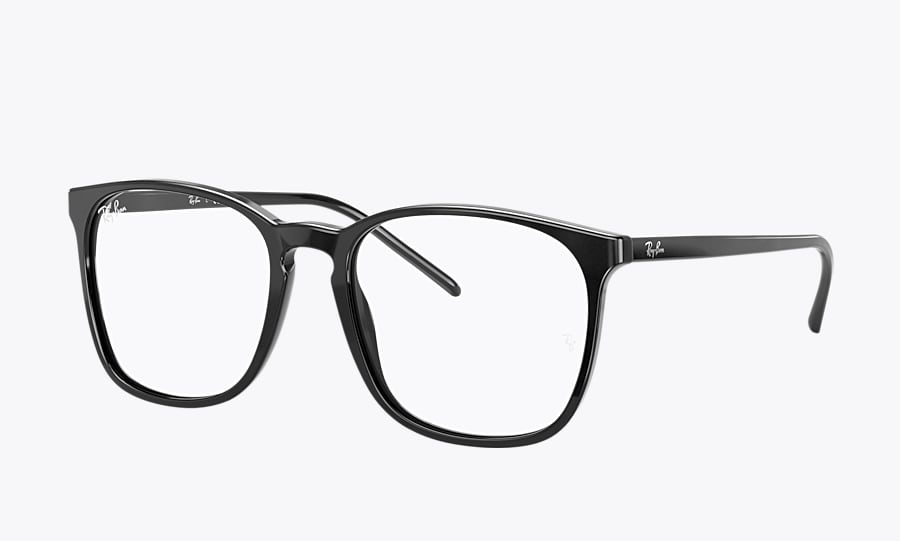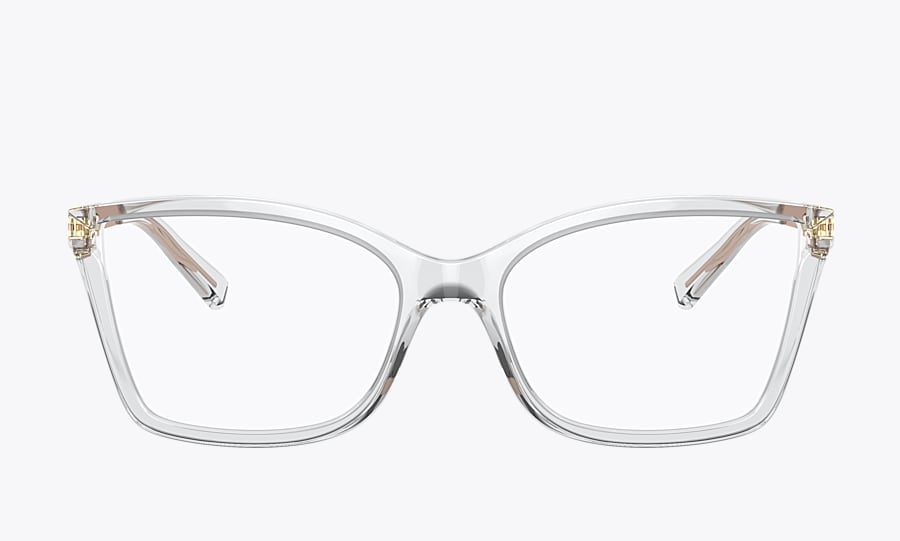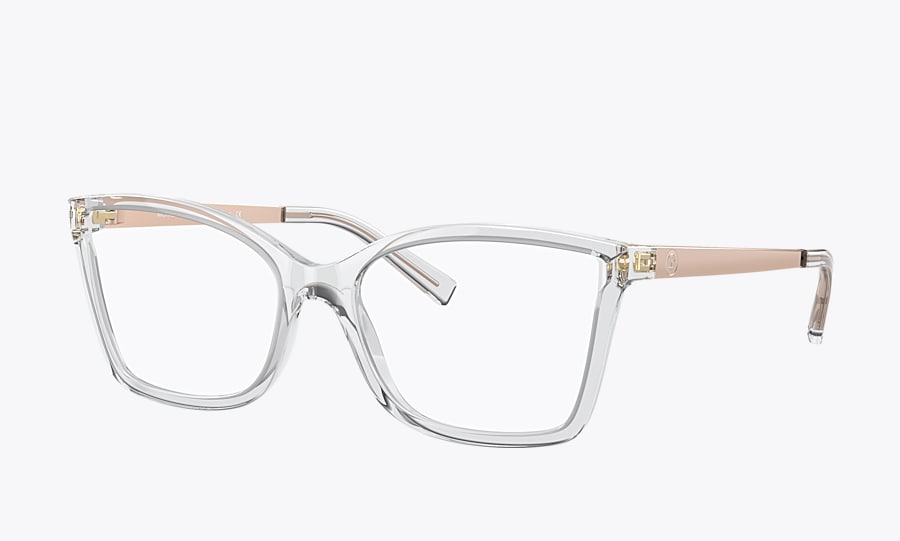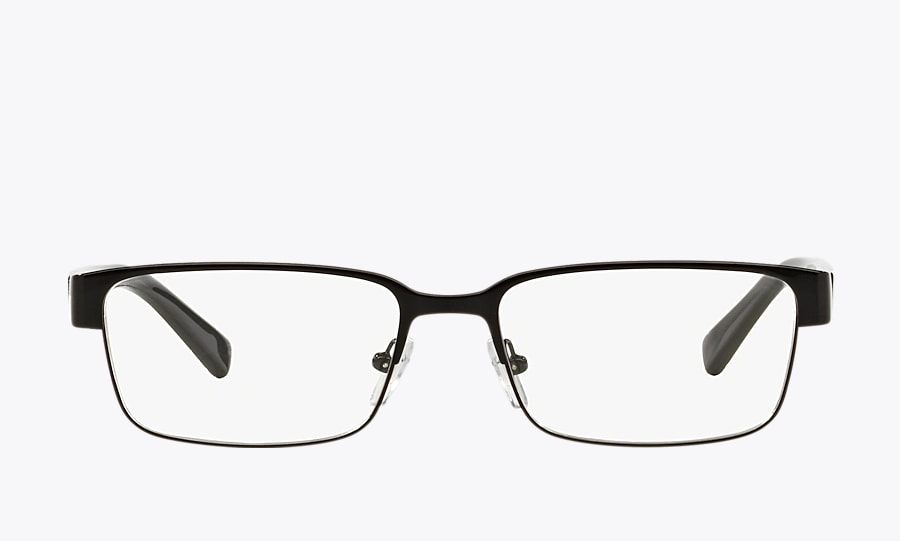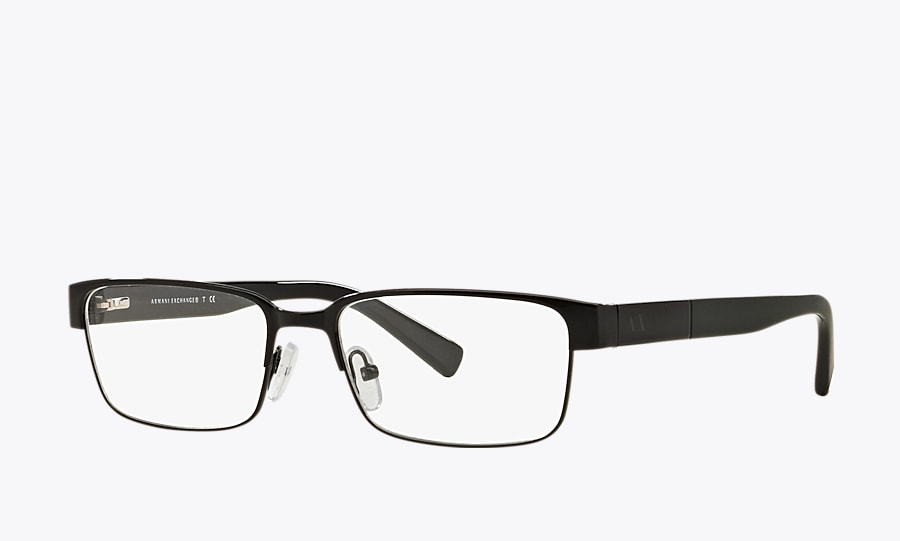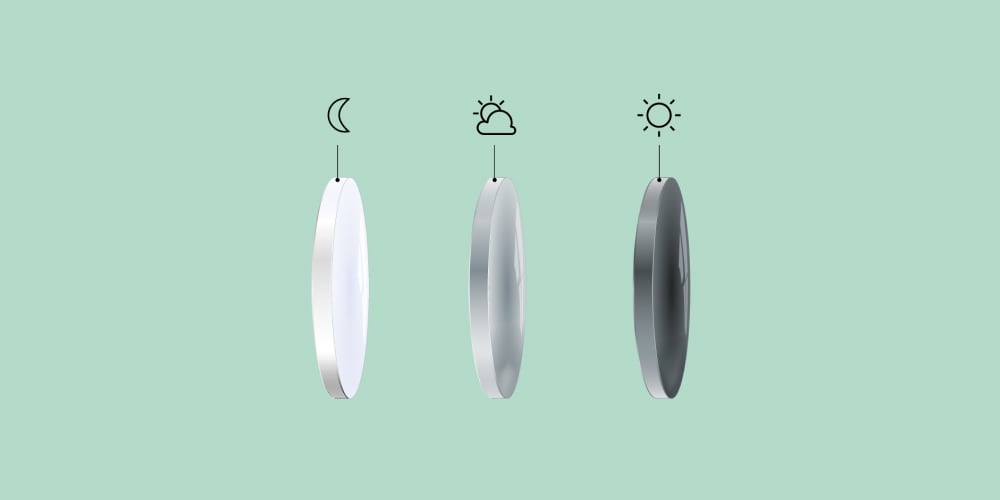
What Are Photochromic Lenses?
Photochromic lenses are eyeglass lenses that are clear indoors and darken automatically when exposed to the sun or other sources of ultraviolet (UV) rays.
Transitions is the most popular (but not the only) brand of photochromic lenses. You may have heard these lenses (regardless of brand) called transitions or transition lenses. Other names include “variable tint lenses,” “light-adaptive lenses” and “light intelligent lenses.”
How Do Photochromic Lenses Work?
This is where science comes in. There are trillions of light-sensitive molecules inside photochromic lenses. When the transition lenses are exposed to UV rays, they absorb that light and become dark. When the UV rays go away, the lenses become clear again.
Photochromic lenses will get dark even when it’s not sunny outside because the sun’s UV rays penetrate clouds.
A Brief History of Photochromic Lenses
Photochromic lenses were created in the 1960s and were originally made of glass. At that time, silver compounds were used to turn the lenses dark when UV rays were present.
That technology has changed over the years. Transition lenses made today have photochromic dyes that change the lenses from clear to dark and back to clear again. The time it takes for the molecules in these dyes to change depends on the amount of UV radiation. The lenses become darker as the light gets brighter.
Glass photochromic lenses are still available, but plastic lenses are more popular.
Photochromic Sunglasses
You can also get sunglasses with photochromic lenses. You may want to consider this if you spend a lot of time outside in the sun. The photochromic lenses in regular glasses are not made for long-term exposure to the sun.
Photochromic sunglasses are good for people with photophobia, a condition in which bright lights hurt the eyes. Transition sunglasses protect the eyes since the lenses quickly adapt to different kinds of lighting.
How Fast do Photochromic Lenses Work?
In general, it takes 30 to 60 seconds for these lenses to darken when exposed to UV rays. The lenses may continue to get darker for the first 10 minutes that you’re outside. The exact amount of time it takes for the lenses to change from clear to dark depends on the amount of UV rays, the temperature outside and what chemicals were used to make them.
Once you go inside, transition lenses change back to clear in about two to three minutes.
You may also like
What are the Advantages of Photochromic Lenses?
Some reasons you may want to try photochromic lenses include:
- They’re convenient – Your transition lenses are prescription glasses and sunglasses all in one.
- They protect your eyes – Transition lenses block 100% of UVA and UVB rays both when they’re clear and dark. UV damage can lead to serious eye problems, such as cataracts and macular degeneration – both of which can cause blindness.
- They filter harmful blue light – Blue light is emitted by the sun and digital devices, including computers and smartphones. It is one cause of digital eye strain and may cause other eye problems. But photochromic lenses add a layer of protection for your eyes as they filter out this harmful light.
- They’re customizable – Just about every lens available can be photochromic. This includes progressive lenses, high-index lenses, non-prescription glasses and reading glasses. These lenses work with any frame you choose and are available in gray, dark gray, brown and green (among other colors, depending on the brand and type).
- They last – The molecules that adjust to light aren’t a coating on top of the lens. They are built into the lens. This means they won’t rub off over time.
What Are the Disadvantages of Photochromic Lenses?
There are some disadvantages too, including:
- They don’t work while you’re driving – Transition lenses generally won’t get dark inside of a car because the car’s windshield blocks most UV rays.
- They’re expensive – This extra cost can be an advantage and a disadvantage. Photochromic lenses are more expensive than clear lenses. But they’re cheaper than getting a separate pair of prescription sunglasses.
- You can’t control the transition – You can’t make the lenses change when you want. The amount of UV exposure determines when and how fast the lenses will turn dark or clear.
- Temperature can affect the lenses – Cold weather can cause the molecules in the lenses to move slowly, so the glasses may take longer to turn clear.
Are Photochromic Lenses Right for You?
Photochromic lenses are a convenient choice if you don’t want separate prescription glasses and sunglasses. Your eye doctor can help you decide which brand of transition lenses is best for your needs and lifestyle.









